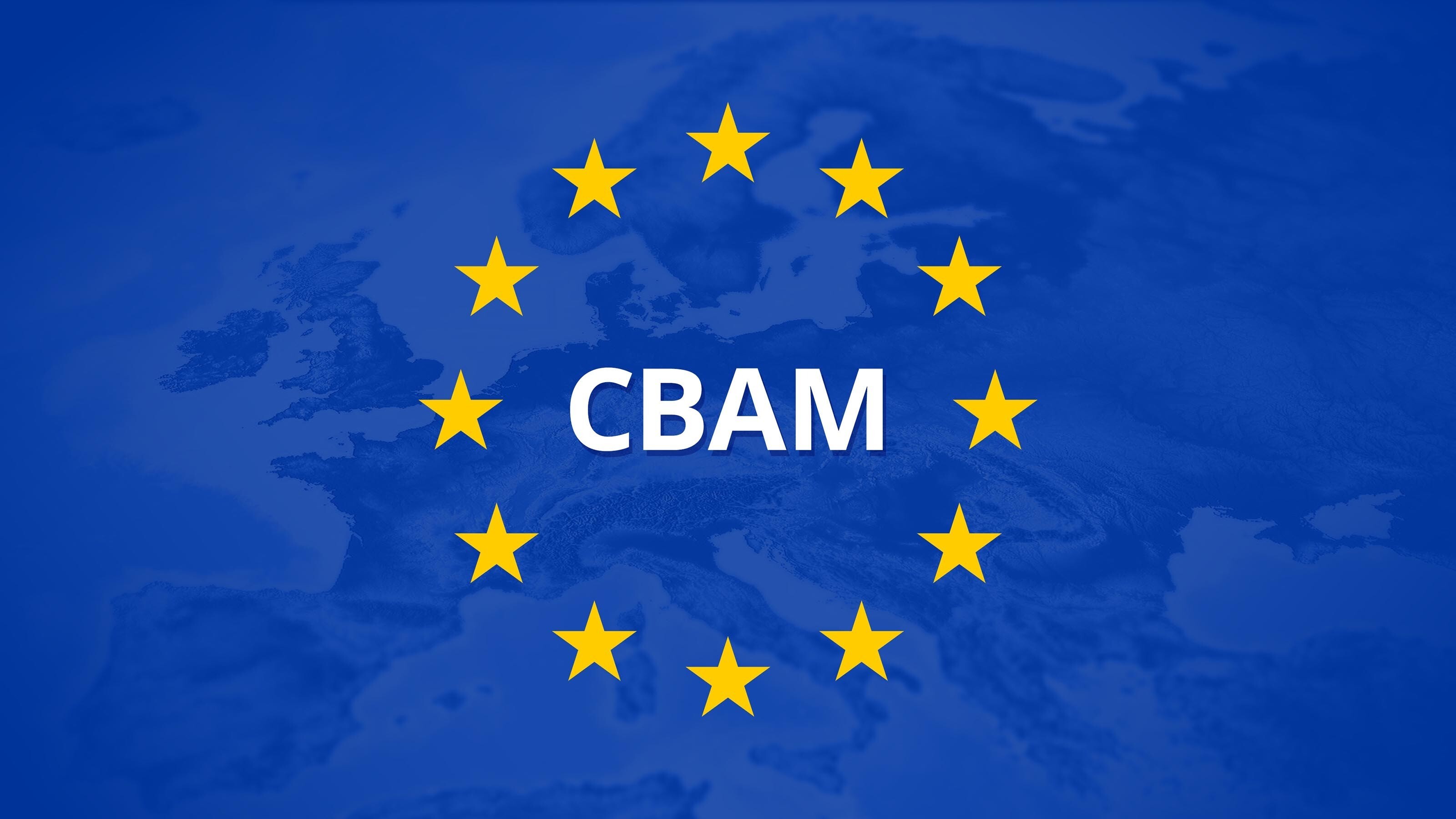

The European Union’s hallmark policy in the view of equitable trade and environment protection—the Carbon Border Adjustment Mechanism (CBAM)—seems fair on the surface, as long as its framework remains focused on preventing carbon leakage and blocking the influx of cheap, high-emission goods into the domestic market. Under CBAM, a carbon price is levied on imported goods, aligned with the carbon costs EU producers incur under the Emission Trading System (ETS).

That sounds like a just deal for domestic producers, ensuring a level playing field. But what about EU-headquartered companies that relocated their operations abroad to escape carbon taxes? Here's where the issue arises as these companies will be required to purchase certificates that reflect the carbon emissions embedded in their imported goods. This adds a cost burden, raising concerns among these businesses about increasing production expenses.
Why alumina remains outside CBAM – for now?
European Aluminium, the industry body representing producers across the value chain, has been vocal in its resistance to including alumina under CBAM. The concern is clear: the critical raw material of primary aluminium would be highly vulnerable to carbon leakage due to its significant embedded emissions. So, if alumina is included in the initial stage of CBAM, it will incur havoc carbon costs, fueling a sharp spike in prices. This phenomenon will further strain primary aluminium smelters that are already struggling with high energy costs.
To substantiate these claims, European Aluminium commissioned a third-party study to evaluate the potential impact of CBAM on alumina. The study shows carbon costs for all Energy Intensive Industries (EIIs), including alumina refineries, if come under CBAM regulations will grow towards 2030.
Responses








